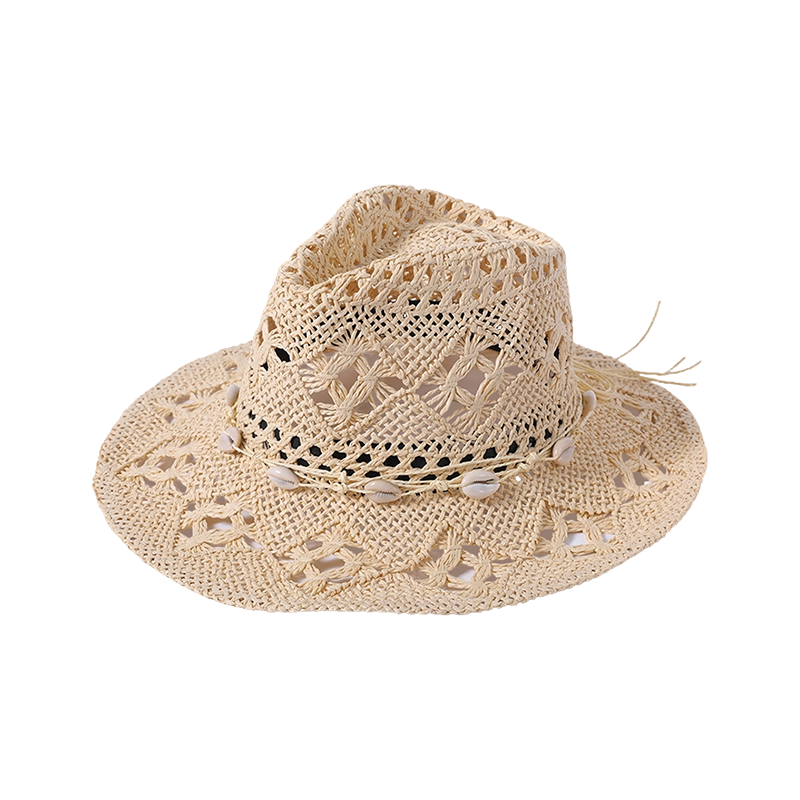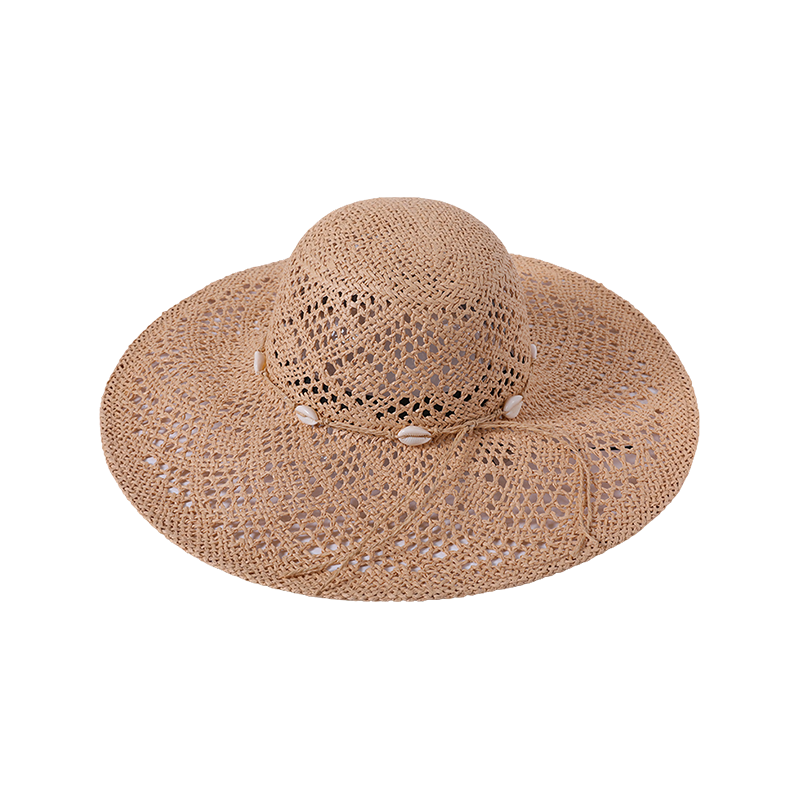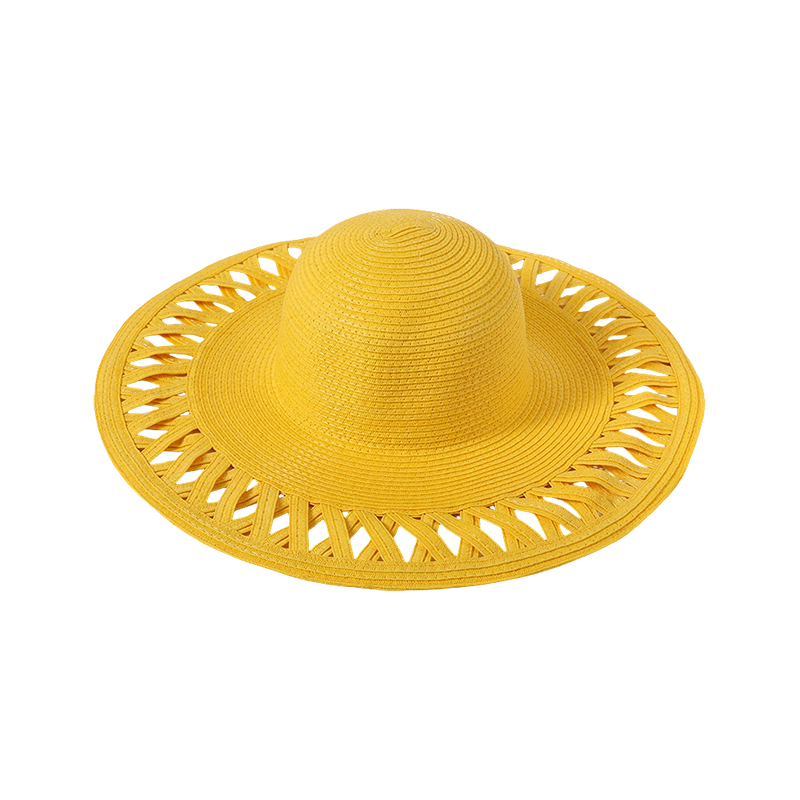Submit feedback
How to understand the status and influence of fabric hats in different cultures?
 2024.08.16
2024.08.16
 Industry News
Industry News
Wholesale wool felt fabric hats mens Factory
Fabric hats have long been more than simple accessories; they are powerful symbols woven into the fabric of various cultures around the world. From the ceremonial grandeur of historical epochs to modern-day fashion statements, the fabric hat embodies a rich array of meanings that reveal much about societal values, status, and identity. To grasp the full impact of fabric hats, one must delve into their diverse roles and significance across different cultures.
In many Western cultures, fabric hats have evolved from symbols of social hierarchy to everyday fashion essentials. Historically, fabric hats such as the tricorn and top hat signified the elite class, worn by those who held substantial power and influence. These headpieces were crafted from luxurious fabrics, often adorned with intricate designs, and became synonymous with status and sophistication. As societal norms shifted, so did the significance of fabric hats. The 20th century saw a democratization of fashion, with fabric hats like fedoras and berets becoming popular across various social classes. These hats, while maintaining an element of style and elegance, transitioned from markers of high social status to versatile fashion accessories embraced by the general public.
In contrast, fabric hats in Asian cultures often retain a deeper connection to tradition and symbolism. In China, fabric hats such as the scholar's cap and the lotus hat carry historical and cultural weight. The scholar's cap, worn during academic ceremonies, symbolizes intellectual achievement and respect for education. Its design, often simple yet dignified, reflects the value placed on scholarly pursuits in Chinese society. Similarly, the lotus hat, associated with purity and grace, is worn during cultural festivals and ceremonial occasions. This hat represents a blend of cultural heritage and spiritual significance, illustrating the profound role fabric hats play in maintaining and celebrating traditional values.
Japanese culture also demonstrates the multifaceted role of fabric hats. The kasa, a traditional straw hat, is a practical yet culturally significant item worn by farmers and laborers. It represents the deep connection between the Japanese people and their agricultural roots, embodying resilience and dedication. Conversely, the bōzu, a simple fabric cap worn by monks, signifies humility and spiritual discipline. This hat is less about fashion and more about the expression of core Buddhist values, illustrating how fabric hats can reflect personal and spiritual beliefs.
In African cultures, fabric hats are often deeply entwined with ceremonial practices and cultural identity. For instance, the vibrant, intricately designed headwear worn during traditional dances and rituals is not only a fashion statement but also a manifestation of cultural heritage. These fabric hats, adorned with patterns and colors specific to different ethnic groups, represent community ties and ancestral connections. The design and use of fabric hats in African ceremonies are imbued with meanings that celebrate history, identity, and the continuity of cultural practices.
South American cultures also highlight the significance of fabric hats in preserving traditional identities. In countries like Bolivia and Peru, fabric hats such as the chullo are integral to indigenous attire. The chullo, characterized by its knitted design and colorful patterns, is more than a functional garment; it is a symbol of cultural pride and regional identity. The use of traditional fabrics and techniques in crafting these hats underscores the importance of maintaining cultural heritage amidst a rapidly changing world.
In modern times, fabric hats continue to evolve, blending traditional elements with contemporary fashion. Designers across the globe incorporate fabric hats into their collections, reflecting a globalized appreciation for diverse cultural aesthetics. The influence of fabric hats can be seen on runways, in street fashion, and in everyday wear, highlighting their enduring appeal and versatility.
The impact of fabric hats on cultural identity and status is not merely a relic of the past but an ongoing narrative. As cultures continue to interact and influence one another, fabric hats serve as a bridge connecting historical traditions with modern expressions. They embody a tapestry of meanings, reflecting the rich diversity of human experience and the ever-evolving nature of fashion and cultural identity.
In essence, understanding the status and influence of fabric hats requires an appreciation of their multifaceted roles across different cultures. Whether as symbols of social standing, markers of cultural heritage, or expressions of personal identity, fabric hats weave together a complex and captivating narrative. By exploring their significance, one gains insight into how societies value and express themselves through this seemingly simple yet profoundly meaningful accessory.


 En
En  Español
Español 中文简体
中文简体










